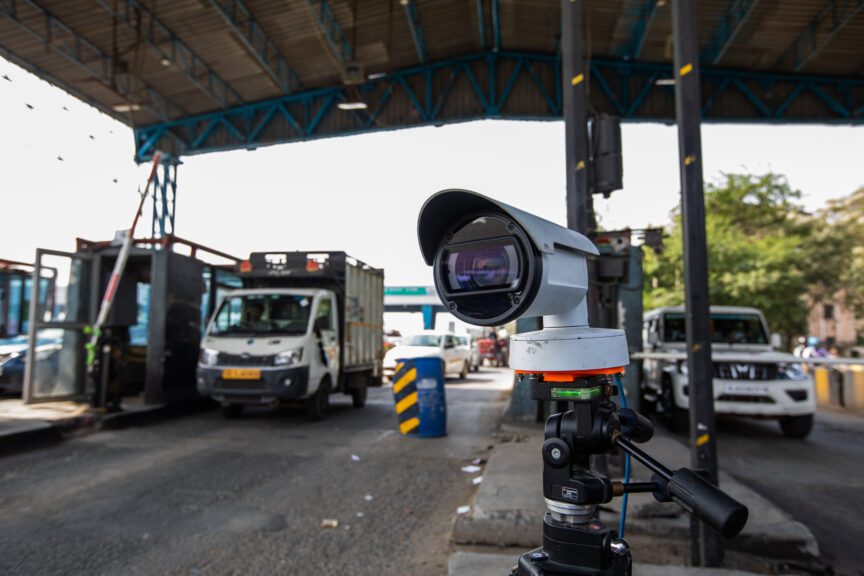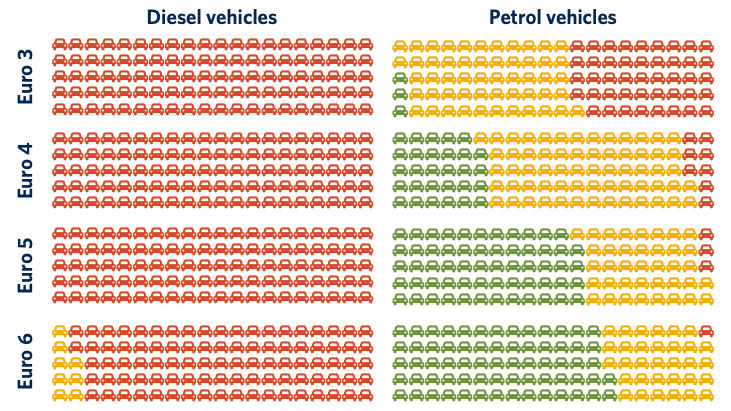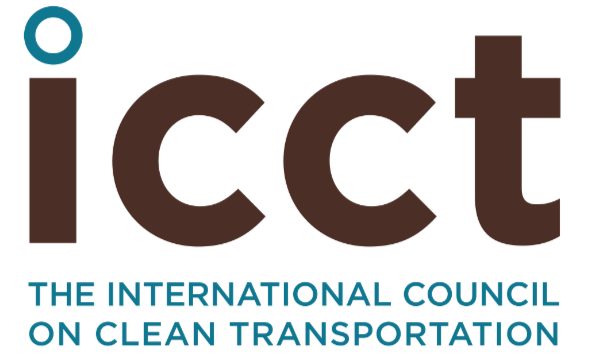The Real Urban Emissions (TRUE) Initiative is a partnership of the FIA Foundation and the International Council on Clean Transportation with a shared interest in cleaning up vehicles and improving urban air quality.
The Issue
The impacts of vehicle emissions on urban air quality
Ambient air pollution is a leading environmental health risk factor globally, resulting in nearly 4.5 million premature deaths in 2019. The transportation sector is a major source of this health burden due to the significant contributions of vehicle emissions to ambient fine particulate matter, ozone, and nitrogen oxides pollution. While standards and certification testing have been successful in controlling vehicle emissions, the emissions of vehicles during real-world operation often differ, sometimes by an order of magnitude. The TRUE initiative works to inform policy makers, manufacturers, and consumers of the real impact of vehicle emissions on air quality through good data, transparency, and technical expertise.
The ICCT provides technical analysis for the TRUE Initiative and works in collaboration with the FIA Foundation and other partners.
For more information, visit:
Method
Collection and analysis of remote sensing data
Remote emissions sensing can generate important insights into the real-world emissions of the vehicles on our streets. Using contactless technology, remote sensing can measure the emissions of thousands of vehicles under real driving conditions to provide an on-the-ground assessment of vehicle emissions in urban areas. TRUE data can also be combined with existing databases to provide a comprehensive picture of the emissions of the vehicle fleet and track long-term trends. The comprehensive database also allows TRUE researchers to perform more granular analysis to identify high-emitting vehicle groups, compare the impact of different ambient conditions, and assess the emission performance of vehicles as they age.
Support of effective policymaking
TRUE data and analysis can be used by cities to monitor the emissions of the existing fleet and assess how current policies intended to improve air quality are working. For example, TRUE data can be used to inform the design of low- and zero-emission zones in cities by revealing which vehicle types would have the largest impact on emissions reductions if they were restricted from the zone. TRUE data can also be used to measure the emissions profiles of fleets in which cities have an extra level of control, such as buses or taxis, to inform policies to target the dirtiest vehicles on the road.
Publications More Publications
Evaluation of real-world vehicle emissions in Kampala, Uganda
Life-cycle greenhouse gas impact of the low-emission zone in Brussels
Real-world NOx emissions from diesel pickup trucks in the United States: A 2023 update





